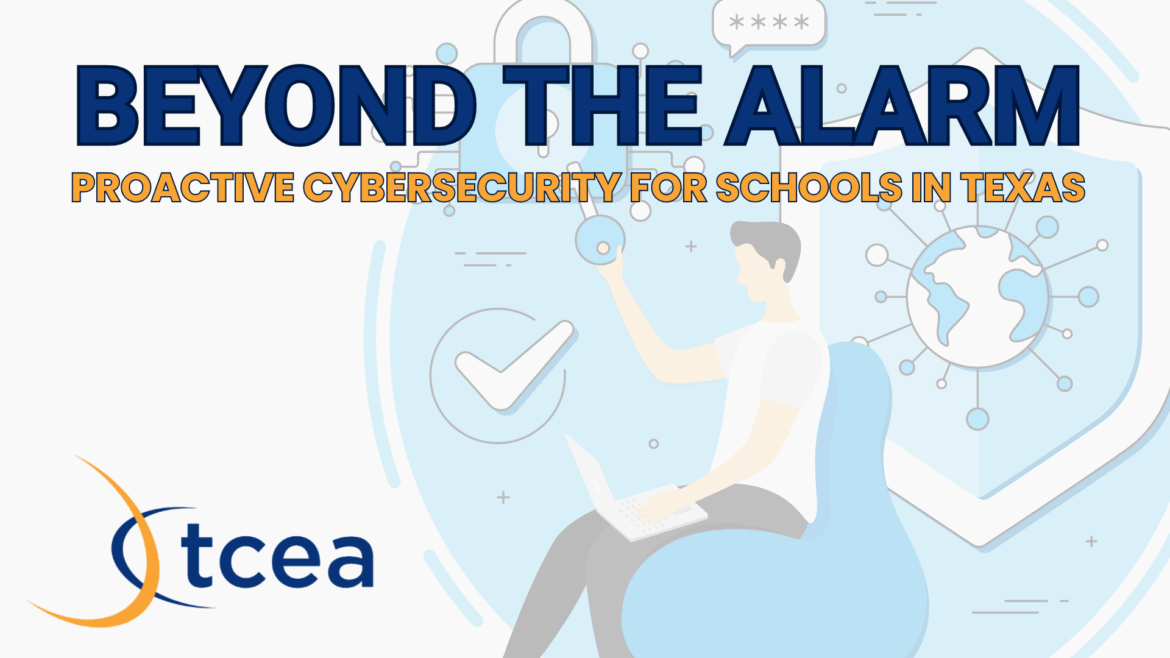In today’s digital landscape, tools like Endpoint Detection & Response (EDR), Managed Detection & Response (MDR), Security Information and Event Management (SIEM), and Security Operations Centers (SOCs) are essential. They help detect and respond to threats, but they’re inherently reactionary. They sound the alarm after something suspicious happens. Similarly, the Cybersecurity Annex in the Emergency Operations Plan from the Texas State School Safety Center is a critical step in preparedness, i.e., being ready when something bad does happen. But again, it’s only part of the picture. So the question remains: How do you make proactive moves to protect your data before the alarm sounds? Read on to learn about cybersecurity for schools in Texas.
Enter GRC: Governance, Risk, and Compliance
GRC isn’t just a buzzword, it’s a methodology. It’s how you document what you’re already doing, allows you to identify gaps, and build a more secure, efficient, and effective cybersecurity program. By aligning your cybersecurity efforts with recognized controls and frameworks, you create a roadmap that’s not only proactive but also compliant with state and federal regulations.
If you’re in Texas K-12 education, you’re likely already familiar with frameworks like:
The CIS Controls, especially Implementation Group 1 (IG1), are a great starting point. They offer 56 prioritized controls that are practical and achievable for resource-constrained environments like school districts.
Here are seven foundational controls to focus on first:
1. Inventory and Control of Enterprise Assets
- Why it matters: You can’t protect what you don’t know you have.
- Action: Maintain an accurate inventory of all hardware assets. Audit it annually.
2. Inventory and Control of Software Assets
- Why it matters: Unauthorized or outdated software is a major attack vector.
- Action: Use software allowlisting and conduct regular audits (This can also be used to meet the GASP 96 financial audit requirement).
3. Data Protection
- Why it matters: Sensitive data must be protected to meet compliance (e.g., FERPA, HIPAA).
- Action: Classify data and apply encryption and retention policies.
4. Secure Configuration of Assets and Software
- Why it matters: Default settings are often insecure.
- Action: Apply secure configuration baselines (e.g., CIS Benchmarks).
5. Account Management
- Why it matters: Poor access control leads to breaches.
- Action: Enforce least privilege and review accounts regularly.
6. Security Awareness and Skills Training
- Why it matters: Human error is the #1 cause of incidents.
- Action: Provide regular, role-based training and phishing simulations.
7. Continuous Vulnerability Management
- Why it matters: Unpatched systems are easy targets.
- Action: Scan regularly and patch based on risk.
How to Get Started
You don’t need a massive budget or a full-time cybersecurity team to make progress. Here’s a simple, sustainable approach:
- Dedicate one hour per week to cybersecurity planning.
- Schedule it. Hold it sacred. Keep it consistent.
- Bring the right people to the table—IT, administration, curriculum, and compliance.
- Use your resources: TCEA, Education Service Centers, consultants, and even AI tools can help.
Hold Yourself Accountable
To track your progress, use the Cybersecurity Rubric for Education. It’s a free, easy-to-use tool that helps schools assess their cybersecurity maturity and identify next steps. Conduct quarterly reviews of the rubric and keep track of your progress.
Final Thoughts
Cybersecurity isn’t just about reacting to threats, it’s about building resilience. By embracing GRC and starting with foundational controls, Texas schools can move from reactive to proactive, protecting students, staff, and data before the alarm ever sounds.

